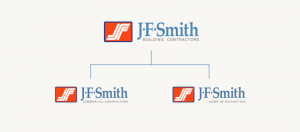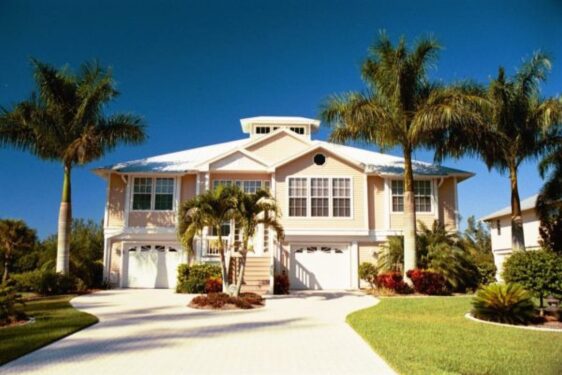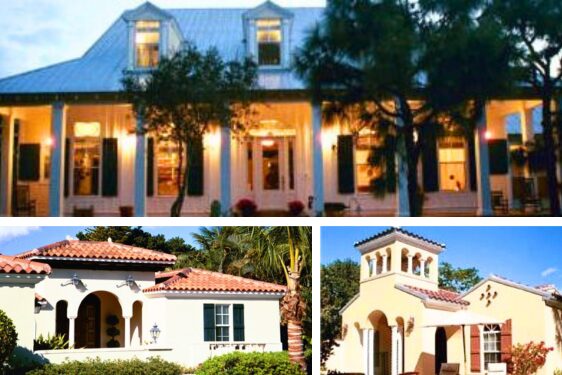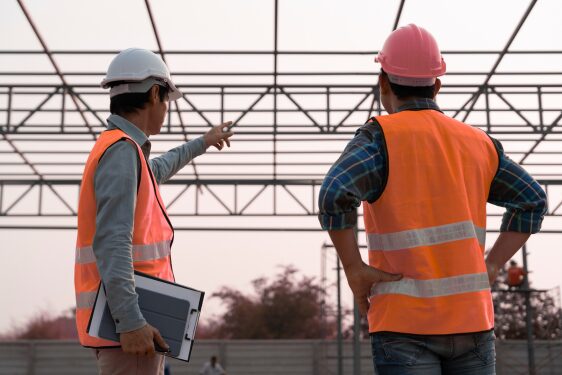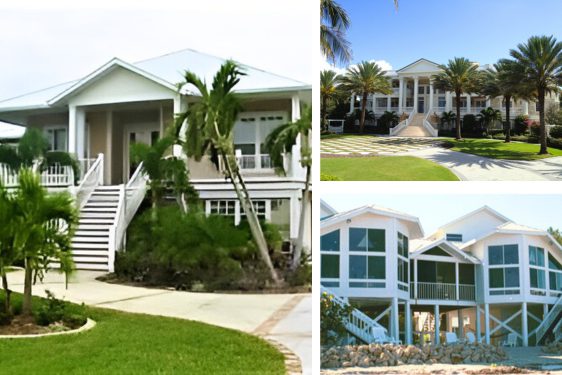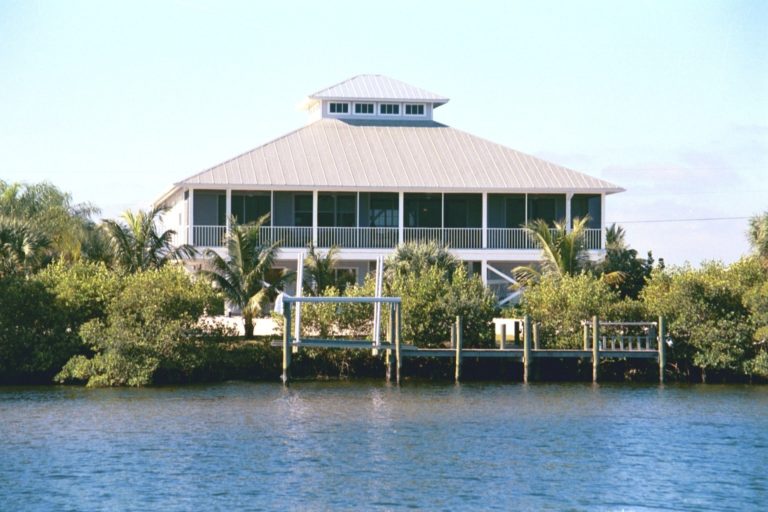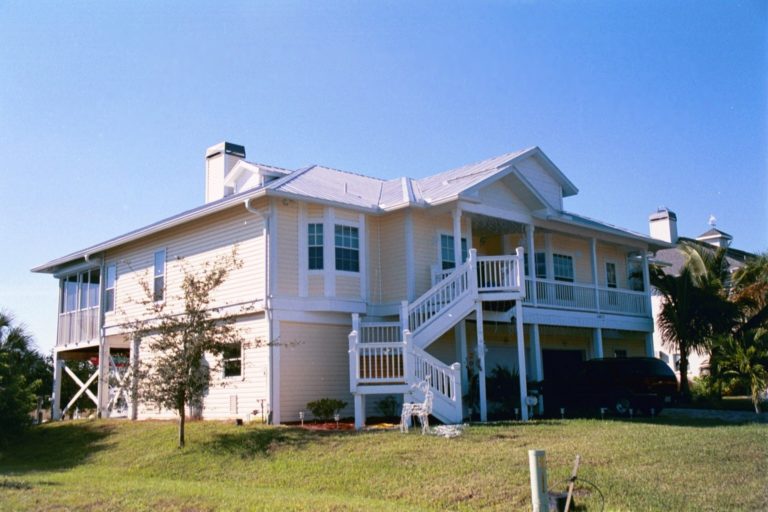Remodeling a home in a flood zone, especially in places like Pine Island, Matlacha, and Captiva, requires more than just great design. The process needs careful planning, flood-smart strategies, and a solid understanding of local rules and environmental risks. If you’re looking to renovate in a high-risk flood area, here’s what you need to know to protect your investment and your peace of mind. Start by Understanding Your Flood Zone Before you begin, find out your flood zone designation. FEMA’s Flood Insurance Rate Maps (FIRMs) categorize areas based on their flood risk, such as AE, VE, or X zones. These designations affect your: Tip: Work with a contractor or architect experienced in flood zone remodeling. They can interpret FEMA maps and local ordinances to ensure compliance from day one. Know the Important 50% Rule Most flood-prone areas follow what’s called the “Substantial Improvement” or 50% Rule. If your renovation costs more than 50% of your home’s market value (not counting the land), you may need to bring your entire structure up to current floodplain regulations. That could mean elevating your home, adding flood vents, and using flood-resistant materials. Pro tip: Get a professional appraisal and detailed project estimate before you start. The choice of appraiser may be of huge importance, so be sure to interview a few to make sure to find one who understands the purpose of the appraisal. This step may help you stay under the 50% limit or help define a budget to submit with your permit application. Move Critical Systems Up High Remodeling gives you the perfect chance to move important utilities and systems above flood levels. This includes: Pro tip: Put these systems in elevated utility closets or on raised platforms. This doesn’t just reduce flood damage, it can also lower your flood insurance costs. Choose the Right Materials If water gets in, the right materials make all the difference. Pick finishes that can get wet and dry out without major damage. For flooring, consider tile, concrete, or waterproof luxury vinyl. For walls, use closed-cell spray foam insulation and water-resistant drywall, cementitious materials, or PVC products. For cabinets, specify aluminum or composite materials. Pro tip: Stay away from materials that soak up water, like carpet or regular drywall, below your home’s Base Flood Elevation (BFE). Add Smart Drainage Solutions Good rainwater management is key to keeping rain induced flooding away from your home. Proper drainage around your property helps reduce the risk of that water getting inside. Grade your yard so it slopes away from the foundation, install French drains or swales where needed, and consider adding rain gardens or permeable pavers. Pro tip: Make sure gutters and downspouts send water at least 5 to 10 feet away from your home. Design for Future Flooding Your flood zone remodeling should prepare you not just for today’s risks, but for tomorrow’s rising waters. Smart design features include breakaway walls or open foundations in high-velocity zones, raised decks and porches, flood vents in areas below the BFE, and tough exterior materials like fiber cement siding or stucco. Pro tip: Combine flood-smart features with timeless design so your home stays both safe and stylish for years to come. Work with Local Experts Remodeling in flood-prone coastal areas like Pine Island and Captiva isn’t the same as a typical renovation. Choose professionals who know FEMA and local flood regulations, understand coastal construction methods, and focus on smart, resilient design. Pro tip: A general contractor who’s familiar with flood zone codes can save you time, money, and compliance headaches down the road. Ready to Start Your Flood-Smart Remodel? Remodeling in a flood zone doesn’t mean giving up comfort, style, or function. With the right approach, your renovated home can be safer, more resilient, and better prepared for future storms while increasing its long-term value. Whether you’re updating an Old Florida style home or modernizing a coastal retreat, smart remodeling in flood zones starts with solid planning and local expertise. Talk to a team that knows how to build with the tides and your future in mind. Book a free consultation

